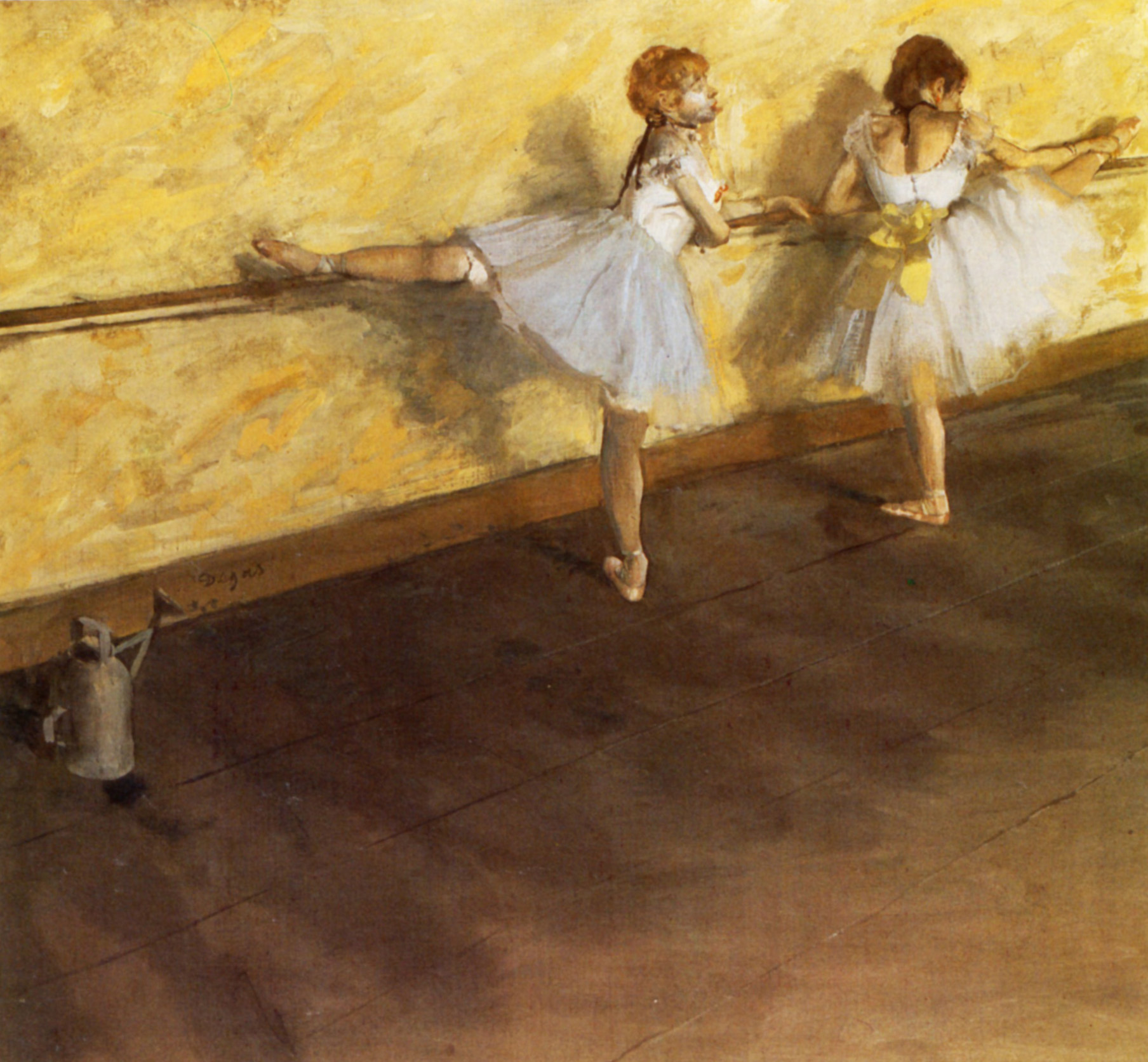The eccentric Austrian architect and artist Hundertwasser
(1928-2000), was a visionary creator who used his art to spread his ideas of
life in harmony with nature and individual creativity.
I always liked his whimsical paintings of humanized buildings
and colorful nature scenes of flowers and trees but wasn’t aware enough of his
amazing and nonconformist architectural creations.
After viewing both his paintings and several
of his buildings, the kids and I discussed how his buildings don’t have many straight
lines, how colorful and happy they are, how each segment or floor is different, and
how he thought about gardens sprouting from the roofs so that even if you live on
the upper floors you can still enjoy park like life. We had a talk about how
when you are designing a house you have to take into account several things: what the function of the house will be, and what kind of feeling you want
the residents of the house to have. I
gave the kids a large white paper to design their house. It could be anything
they wanted – a residence, a community building, a shop, hotel, palace and
even totally imaginary house. They used either oil pastels or markers to color
their paintings. I also said that these painting can be their inspiration for
the Paper Mache building that they are going to build later on.
After finishing the paintings, the kids could start planning their paper mache buildings. I handed them lots of paper rolls, empty salt containers, soap and paint tube boxes, empty tape rolls, and cones. They first planned their building and decided on its function. Then they started placing and attaching boxes together using masking tape.
Second step was to wrap everything with newspaper and tape. Then came the gluey layer of torn pieces of brown paper bags dipped in art paste. The next class, after the brown paper had dried, came the 4th step of painting the structure with black acrylic paint.
I explained to the kids how the black base coat will give their colors the vibrant look that Hundertwasser's buildings have. Usually we paint the paper mache works with white acrylic or apply a layer of white paper and this time being different was a bit difficult for the kids to accept at first. But afterward they realized how beautiful their colors came out over the black.


























































